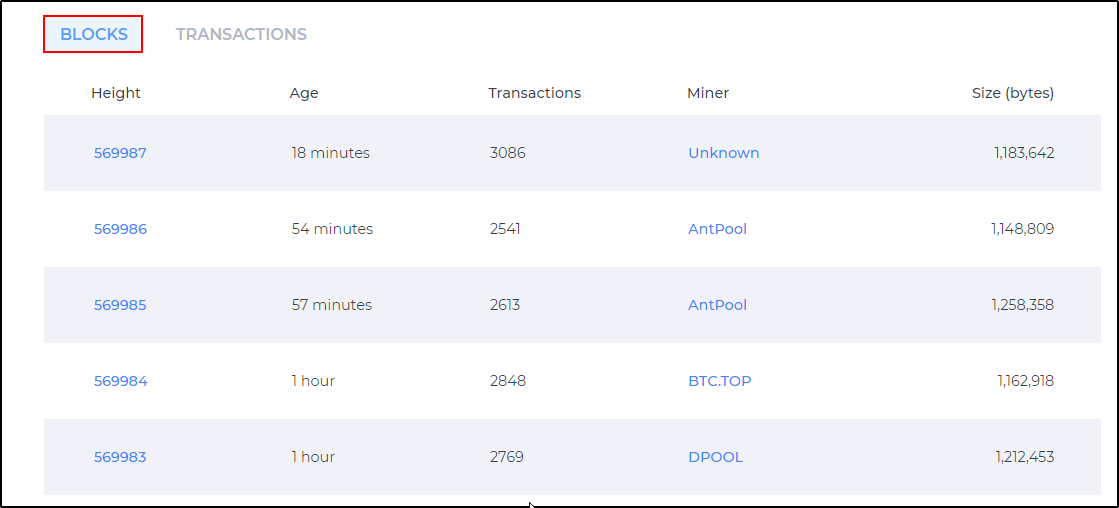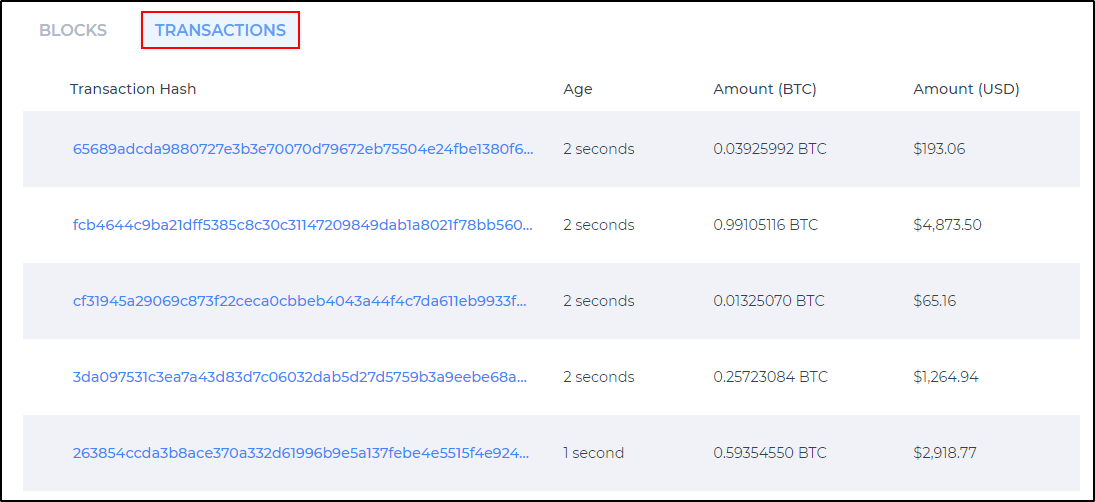Blockchain Developer Certification Course
- 25k Enrolled Learners
- Weekend
- Self Paced
Blockchain’s foray into the IT industry with Bitcoin changed the way the world saw online transactions. As Blockchain got popular, people realized that Blockchain can be beyond Bitcoin. Over the years, various industries such as Healthcare, Real Estate, Politics, etc., have been trying to adopt Blockchain Technology. And because every industry works uniquely, Blockchain had to evolve into different types. In this blog, I will explain different types of Blockchain and their fundamentals.
The topics covered in this blog are:
As mentioned earlier, different industries use Blockchain Technology in different ways. So, before talking about the different types of Blockchain, I want to discuss a few applications of Blockchain where the requirements and the way the application uses Blockchain is different.
I am going to start with the application that introduced Blockchain technology to the world: Bitcoin!
Bitcoin is one of the most popular Cryptocurrencies. Bitcoin is a way of making an online monetary transaction without any intermediates. Suppose you want to send some Bitcoins from your account to another. You use the Account ID of the recipient to transfer Bitcoins. The transaction is sent to be validated by Blockchain Mining to avoid fraud. After the transaction is validated and verified, the transaction is added to the Blockchain block and the recipient receives the Bitcoin.
When it comes to cryptocurrencies like Bitcoin, anybody should be able to access it, make transactions and be a validator. That’s why Bitcoin has no restrictions on who can access it. Open a web browser and go to https://www.blockchain.com/explorer. Here you will see many details such as Price, HashRate, Difficulty level, etc.
If you scroll down the same page, you will see more details about each block and transaction.


You can see that a lot of information is publicly available. But this doesn’t mean that the data is not secure. These are all encrypted data and the sensitive data is still safe.
Multichain is an application of Blockchain that is used by organizations to enhance security. By setting up a Multichain, you can prevent unauthorized access to sensitive data. Here, the Blockchain is not available to the public, it is only available to the authorized entity in the same organization.
In case you own an organization and you decide to store details of financial transactions on the Blockchain, you wouldn’t want this data to be publicly available. The data should be restricted only to the relevant people(finance department, management, board, etc.).
In such applications of Blockchain, the node that can join the network and access the Blockchain should be restricted. One can join the network only if invited by the Network Administrator. And also, the Participant and Validator access is restricted.
Multichain is a Blockchain used only by a single organization. There is a slightly different version of this used in the Banking sector.
Similar to how Multichain is restricted only to the people of the same organization, Blockchain used in banking restricts the access of Blockchain to that particular Bank. But the difference here is, the Blockchain should be accessible to all the branches of the Bank and maybe to different banks for inter-transaction.
In such applications, the Blockchain is restricted not just to one node but to other trusted nodes. The nodes that have access to the Blockchain should be authorized. It’s just like a Blockchain is being shared by and restricted to trusted nodes.
Now that you have learnt how Blockchain is being used for different applications in different ways, let’s see what are the different types of Blockchain.
Depending on the need of the application, Blockchain can be divided into 3 types:
As the name suggests, Public Blockchain is publicly accessible and has no restriction on who can participate or be a Validator. In Public Blockchains, no one has complete control over the network. This ensures data security and helps immutability because a single person can not manipulate the Blockchain.

The authority on the Blockchain is equally divided among each node in the network, and due to this, Public Blockchains are known to be fully distributed.
Public Blockchains are mainly used for cryptocurrencies like Bitcoin, Ethereum, and Litecoin.
A Private Blockchain (also know as Permissioned Blockchain) has restrictions on who can access it and participate in transaction and validation. Only pre-chosen entities have permissions to access the Blockchain. These entities are chosen by the respective authority and are given permission by the Blockchain developers while building the Blockchain application. Suppose there is a need to give permissions to new users or revoke permissions from an existing user, the Network Administrator can take care of it.

Private Blockchains are mainly used in private organizations to store sensitive information that should be available only to certain people in the organization. Because Private Blockchain is a Closed Blockchain, the data is within the organization and out of reach from any external entities.
In Consortium Blockchain, some nodes control the consensus process, and some other nodes may be allowed to participate in the transactions. Consortium Blockchain is like a hybrid of Public and Private Blockchain. It is public because the Blockchain is being shared by different nodes, and it is private because the nodes that can access the Blockchain is restricted. Hence, it is partly public and partly private.

There are two types of users here: First, the users who have control over the Blockchain and decide who should have permission to access the Blockchain and second, the users who can access the Blockchain.
This type of Blockchain can be used when organizations are ready to share the Blockchain, but restrict data access to themselves, and keep it secure from public access. Now, if you want to read more about Blockchain architecture, click here.
Got a question for us? Please post it on Edureka Community and we will get back to you.
If you wish to learn Blockchain and build a career in different Blockchain Technologies, then check out our Blockchain Development Course which comes with instructor-led live training and real-life project experience. This training will help you understand what is Blockchain in an exhaustive manner and help you achieve mastery over the subject.
 Thank you for registering Join Edureka Meetup community for 100+ Free Webinars each month JOIN MEETUP GROUP
Thank you for registering Join Edureka Meetup community for 100+ Free Webinars each month JOIN MEETUP GROUPedureka.co